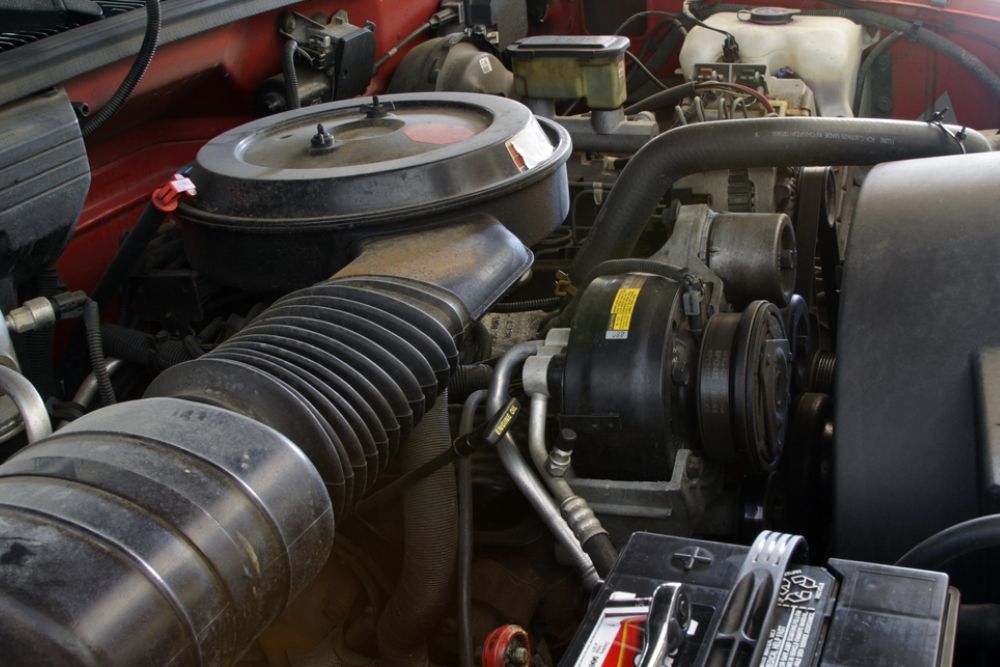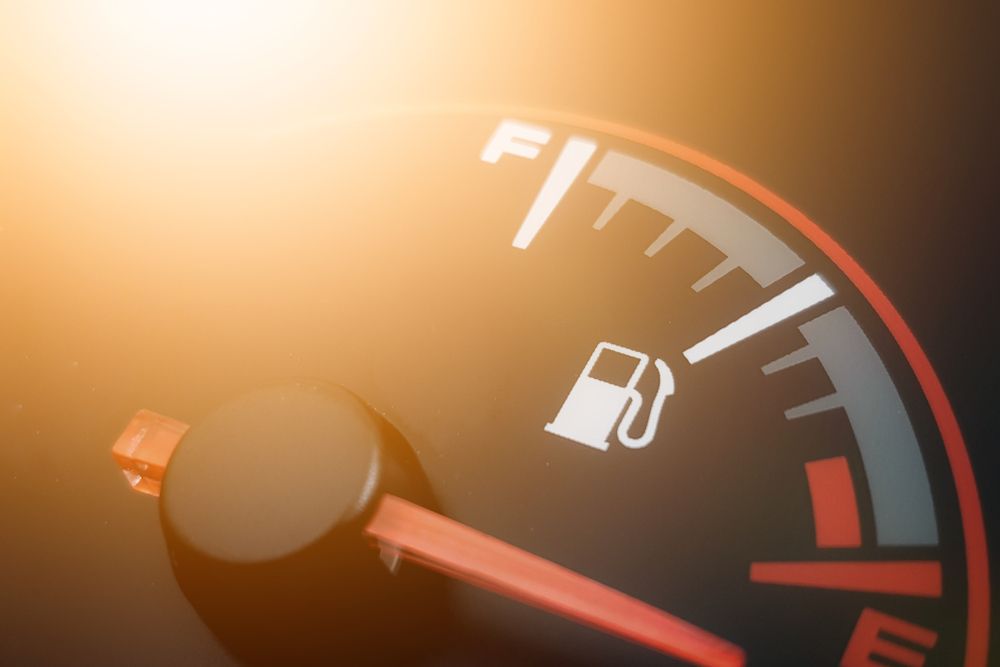When fuel prices climb or budgets tighten, watching your car’s gas gauge drop can feel like watching money vanish. Yet, many drivers unknowingly adopt driving habits that waste fuel, raising monthly transportation costs. Thankfully, with a bit of awareness and a commitment to small changes, you can minimize that pain at the pump and redirect your hard-earned cash to more fulfilling pursuits. This in-depth guide explores common gas-guzzling behaviors and offers practical strategies to curb them. From rethinking how you accelerate to planning your errands more strategically, these tips can help you reclaim better mileage, reduce vehicle wear, and align your driving style with cost savings.
1. Confronting the Gas-Guzzling Mindset
Why It Matters
If you see driving as a mindless routine—start the car, press the gas, and go until you arrive—you may not realize how small modifications can yield significant fuel savings. The key is acknowledging that fuel efficiency is partly about technique and partly about maintenance. You don’t necessarily need a new hybrid or to stop driving entirely—rather, consistent, mindful improvements in how you use your vehicle pay off.
What’s at Stake
- Monthly Budget: Even 2–3 fewer fill-ups a month can amount to sizable annual savings.
- Environmental Footprint: Burning less fuel reduces carbon emissions, aiding the environment.
- Vehicle Longevity: A gentler driving style also eases strain on your engine, brakes, and transmission.
Takeaway
Embracing a conscious driving mindset is the first step in battling gas waste. Recognize that your everyday choices—accelerating at a red light, the route you pick, or how frequently you idle—make an impact.
2. Gentle Acceleration and Predictive Braking
Why It Matters
Hard acceleration from a dead stop guzzles fuel, as the engine must work at higher RPMs. Abrupt braking, on the other hand, wastes the momentum you’ve built—meaning all that energy used to get the car moving is lost to friction rather than being harnessed effectively.
Specific Changes
- Smooth Throttle Input: Press the gas pedal gently, bringing RPMs up gradually. The difference between gentle acceleration vs. “pedal to the metal” can significantly affect MPG.
- Predict Traffic Lights: If the light ahead is red, coast by lifting off the accelerator instead of racing up only to brake. This approach preserves forward momentum, reducing the need to accelerate again.
- Maintain Speed: On highways, pick a consistent speed. Frequent speed fluctuations or aggressive passes cause unneeded fuel burn.
Takeaway
Transition from frantic starts and stops to a calmer, more consistent driving approach. By doing so, you directly reduce the engine’s fuel demand while preserving brake life.
3. Keeping Tires Inflated and Aligned
Why It Matters
Under-inflated tires produce increased rolling resistance, forcing the engine to work harder to propel the car. Similarly, misaligned wheels can drag your vehicle slightly off-course, draining fuel in compensatory steering corrections.
Steps
- Check Tire Pressure: At least once monthly or before any long road trip. Use the recommended psi from your car’s manual or door jamb sticker—not the tire’s “max pressure” label.
- Alignment Checks: If your steering wheel vibrates or the car pulls to one side, an alignment correction can restore fuel efficiency (and handling).
- Rotation & Balancing: Regular rotation ensures even tread wear, also helping with consistent road contact.
Takeaway
Simple, routine tire checks cost little time but can reclaim noticeable MPG improvements while also making driving safer and smoother.
4. Cutting Down on Idle Time
Why It Matters
When your car idles, it gets 0 mpg. Whether stuck in line at the drive-through or waiting for a friend in the driveway, idling for minutes on end wastes fuel without moving an inch. While short idles might be unavoidable in heavy traffic, prolonged idle is often a habit you can break.
Tips
- Turn Off the Engine: For any wait over a minute or two, shutting down the engine typically saves more fuel than you’d spend restarting it.
- Warm-Ups: Modern cars don’t need long warm-up times. Even in cold conditions, 30–60 seconds often suffice for oil circulation before you start driving gently.
- Remote Start: If your vehicle has a remote start, use it sparingly. Extended idle warm-ups negate the convenience if you’re aiming to slash fuel usage.
Takeaway
Eliminating excess idle time is one of the simplest, cost-free ways to reduce your gas consumption—and helps keep your local air just a bit cleaner, too.
5. Lightening the Load
Why It Matters
Carrying unnecessary weight means your engine must burn more fuel to accelerate and maintain speed. Think of it like a backpack: the heavier it is, the more effort to move around.
Practical Tactics
- Empty the Trunk: Remove tools or sports gear that you don’t use regularly. Even an extra 50–100 lbs can make a dent in MPG.
- Detachable Racks: If you’re not hauling bikes or cargo on your roof rack, removing it can reduce aerodynamic drag and add small but notable savings.
- Car as Storage: Resist the temptation to keep large items in your car “just in case.” Offload them into your garage or shed instead.
Takeaway
Maintaining a leaner car means less work for your engine, which can slightly boost mileage—especially in city driving with lots of stop-and-go.

6. Plan Efficient Routes and Combine Errands
Why It Matters
Frequent short trips from a cold start burn more fuel than grouping tasks into fewer, longer excursions. By planning your route or scheduling errands to flow together, you reduce start-stop cycles and cover miles more efficiently.
Implementation
- Map It Out: If you have multiple errands, identify a circular or linear route to avoid backtracking.
- Avoid Peak Traffic: If possible, shift your errands to off-peak hours, minimizing idle time in congestion.
- Carpool or Consolidate: If a friend or neighbor also needs to run errands, sharing a ride can cut overall fuel usage.
Takeaway
A well-thought-out driving plan is often overlooked but can yield surprising gas savings, saving both time and money.
7. Use Cruise Control Wisely
Why It Matters
On highways or long stretches of relatively flat roads, cruise control helps maintain a steady speed. This stability can reduce unnecessary accelerations and decelerations that consume extra fuel.
Key Considerations
- Flat Terrain: Ideal for cruise control. On hilly roads, the system might repeatedly downshift to keep speed, offsetting any potential benefit.
- Over-Speeding: Some drivers set cruise at a speed higher than they’d manually maintain. Remember: at higher speeds (70+ mph), air resistance climbs, lowering MPG.
- Periodic Breaks: Don’t rely 100% on the system. Always stay alert for traffic or changing speed limits.
Takeaway
Cruise control can moderate your driving style on suitable roads, preventing speed creep that silently wastes fuel. Use it strategically, not in heavy or hilly traffic.
8. Mind the A/C and Windows
Why It Matters
Using air conditioning or driving with windows down both can impact mileage, albeit in slightly different ways. At high speeds, open windows create aerodynamic drag; at lower speeds or in city driving, A/C can be a bigger drain.
Balancing
- Highway: Consider windows up and A/C on if it’s truly hot; open windows can hamper aerodynamics at 60+ mph.
- City or Low-Speed: It may be more efficient to open windows for fresh air rather than running A/C full blast.
- Use ECO or Recirculate: Many modern cars have recirculate modes, letting you cool already-cooled cabin air rather than starting from hot outside air.
Takeaway
Temperature management is about compromise. Minimizing A/C usage when feasible or using partial fan settings can help, but comfort is also a factor. Find a balance that doesn’t overly compromise your MPG or your well-being.
9. Keep Up with Engine Tune-Ups
Why It Matters
A well-maintained engine—complete with proper spark plugs, correct fuel injection, and clean filters—operates more efficiently. In contrast, an engine with misfires or clogged filters can devour additional fuel.
Maintenance Focus
- Spark Plugs: Fouled or worn plugs cause incomplete combustion. Replacing them as recommended ensures a strong spark and better MPG.
- Air Filters: A dirty filter starves the engine of oxygen. Replacing or cleaning it helps maintain optimal air-fuel mix.
- O2 Sensors: If oxygen sensors malfunction, the engine may run too rich or too lean, hurting mileage and emissions. Address check-engine lights promptly.
Takeaway
Routine tune-ups may cost a bit upfront but can yield consistent long-term savings at the pump by maximizing your engine’s efficiency.
10. Consider Upgrading to a More Efficient Vehicle
Why It Matters
If your car is older or has poor MPG ratings, no amount of clever driving might match the leaps in modern fuel efficiency. While big life changes (like switching to a hybrid or EV) can be an investment, it’s worth comparing a new or used vehicle’s improved MPG to your current gas bills.
Points to Weigh
- Cost-Benefit: If your daily commute is substantial, an upgrade might pay for itself faster via fuel savings.
- Used Hybrids: They can often be found at reasonable prices, offering 40+ mpg—much better than older sedans or SUVs.
- Tax Credits: Some locations provide tax breaks or incentives for more efficient vehicles.
Takeaway
Though the biggest step, upgrading might be the ultimate solution if your current car is truly a gas guzzler. Evaluate monthly fuel bills vs. potential monthly car payments on a more efficient option.
Saving money on fuel doesn’t require an automotive engineering degree or a brand-new hybrid—simple habit changes like gentler acceleration, reducing idle times, and keeping your car well-maintained can meaningfully reduce gas consumption. By carefully planning routes and errands, inflating tires properly, and moderating A/C usage, you can reclaim hundreds of dollars per year that would otherwise vanish at the pump.
While these steps can yield tangible short-term savings, consider also the longer-term perspective: if you’re consistently frustrated by high fuel bills, it might be time to evaluate whether a more efficient car (be it a smaller gas model, hybrid, or an EV) aligns with your financial and environmental goals. Ultimately, you hold the power to “stop gas guzzling” by consciously adjusting your driving style, adopting minor mechanical upkeep, and harnessing modern automotive tech. In doing so, you’ll keep more money in your wallet—freeing it up for the things you truly value, whether that’s travel, hobbies, or building a financial safety net.





